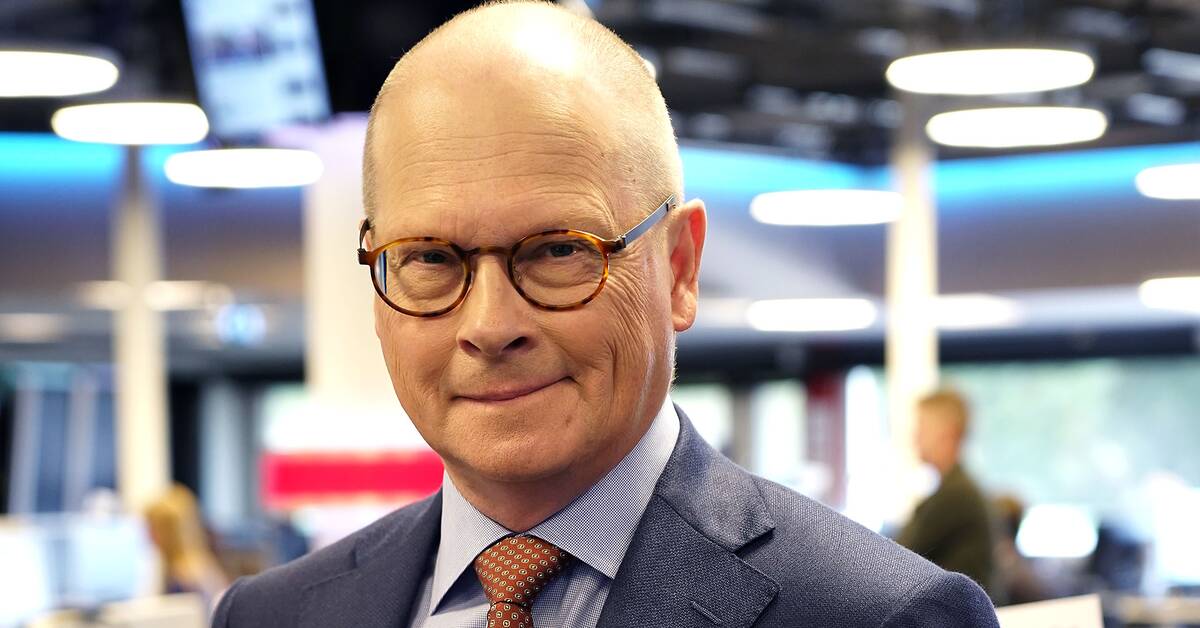The Sweden meeting in Karlstad is the Moderates' first major gathering since the election last year. And, of course, there are many happy faces. The Conservatives succeeded in what they set out to do; to conquer government power. And nothing cheers up moderate party meetings more than when you can show off your own ministers.
At the same time, there is uncertainty within the party for the future. The last election was the third consecutive election since 2010. Instead, the Sweden Democrats' election sprint decided the election outcome in 2022. The SD also became the second largest party and has been given a key role for the new government.
If the Moderates do not succeed in reversing this trend, the party's position in Swedish politics risks being demoted. It is about the role of a leading party on the right in Swedish politics.
Not the same obvious role
These are issues that are also raised in the Moderates' own election analysis. The obvious role and clear position that the Moderates have long had in Swedish politics is no longer as obvious and clear, they write. In a new political landscape, the main dividing lines in Swedish politics risk being between the Sweden Democrats and the Social Democrats, not as in recent decades, between the Moderates and the Social Democrats.
This picture of the future creates nagging concern among many moderates. Being the leading party on the right in Swedish politics is also a given part of the party's self-image.
However, the fact that it succeeded in capturing government power has given the party a four-year respite. The prime minister's post and a number of other ministerial posts automatically turn the spotlight on the Moderates during this term of office. So there is time to try to reverse the negative trend.
Women and metropolitan voters
Two groups of voters, which partly overlap, are particularly important to the party. It's about women and big city voters. In both groups, the Moderates have lost support in recent elections.
The development is most clearly visible in the big cities. In Stockholm, the Moderates could long count on over 30 percent of the voters. Since 2010, however, things have gone downhill. Most recently, the Moderates received only 19 percent of the votes in Stockholm. Support among women is also clearly lower than among men.
There are probably several explanations for this. One is that the party's rapprochement with the SD has been disliked by relatively more women and metropolitan voters. Among women voters, there is a clearly more negative view of SD than among men.
Appears more conservative than liberal
The rapprochement with the SD is also closely linked to the shift in the party's political message. The Moderates today appear more conservative, and less liberal. There has also been a clearer focus on hard issues, such as crime, immigration and fuel prices. In contrast, in the election campaign, the party spoke less about issues such as health care, schools and climate, issues that women rank significantly higher than men.
At the same time, the Moderates have grown in rural areas. The problem for the party, however, is that most voters are in metropolitan areas. If the party is to grow at the national level, it is important to reach women and metropolitan voters.
How this will be done, however, is a difficult question. These groups of voters are likely to require completely different appeals and factual policy proposals. Messages and tonality that attract one group risk alienating the other.

